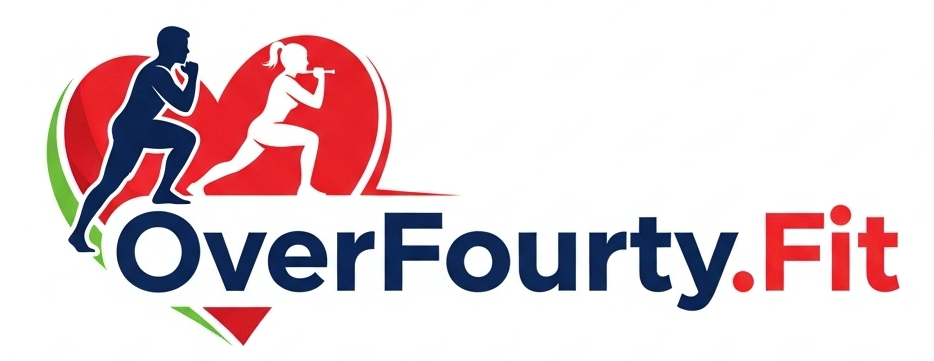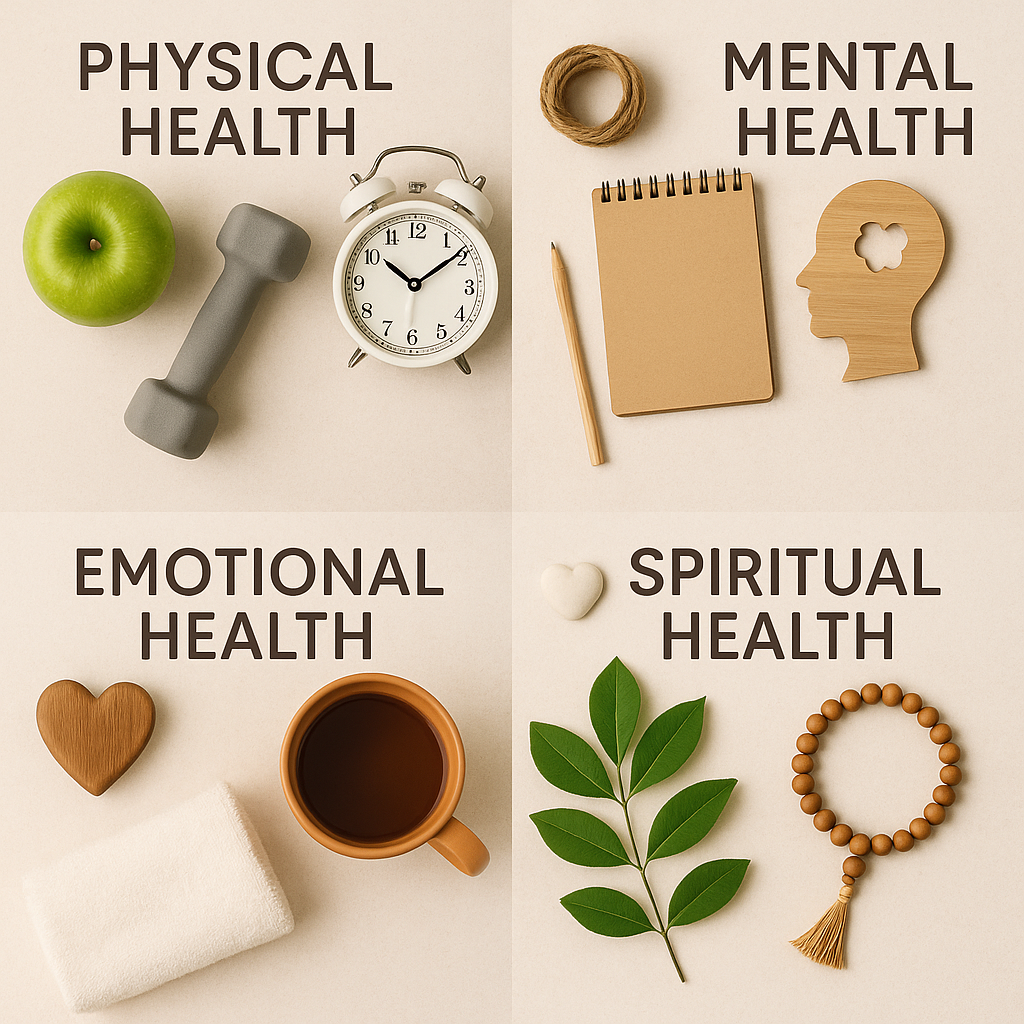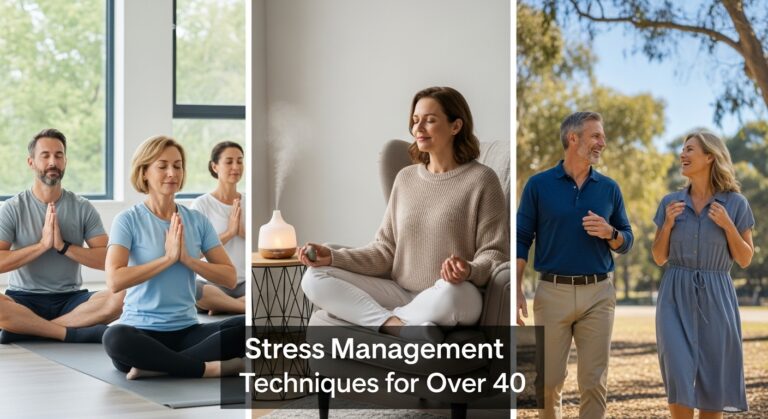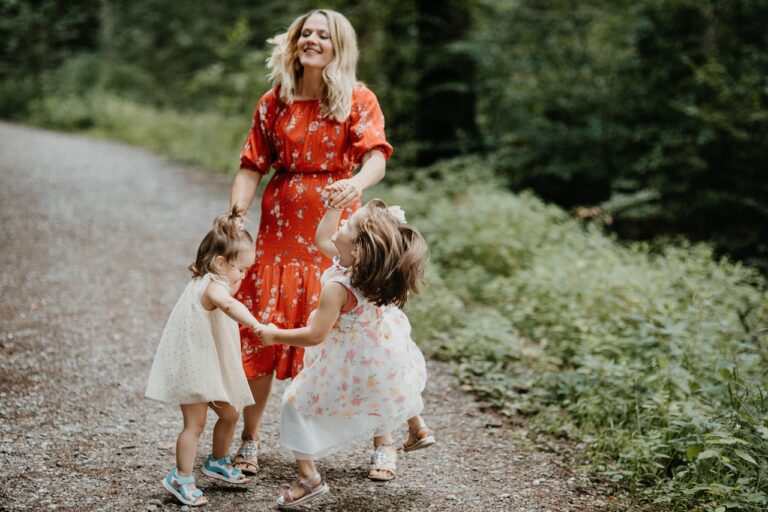Wellness in One Word: The 3-Second Answer That Works
“Wellness in one word? Balance.”
Yes, balance is the essence of true wellness. It’s not just about eating kale or hitting the gym—it’s the harmony of mind, body, and spirit. As someone who’s studied holistic health for years, I’ll break down why this single word captures everything—plus how to achieve it.
True wellness, as defined by leading researchers at the Global Wellness Institute, isn’t passive—it’s your daily commitment to choices that nourish every part of your being: body, mind, and spirit.
Why “Balance” Defines Wellness
Wellness isn’t a checklist; it’s a dynamic equilibrium. Think of it like a scale:
- Physical health (nutrition, exercise, sleep)
- Mental health (stress management, mindfulness)
- Emotional health (relationships, self-care)
- Spiritual health (purpose, gratitude)
When one area suffers, the others do too. For example, chronic stress (mental) weakens immunity (physical). That’s why balance is non-negotiable.
- “Is wellness the same as health?” → No! Health is the absence of disease; wellness is proactive thriving.
- “How to improve wellness quickly?” → Start with small habits: 5-minute meditation, hydration, a walk in nature.
- “What are the pillars of wellness?” → Most experts agree on 6-8, including emotional, social, and environmental wellness.
Actionable Steps to Achieve Balance
- The 80/20 Rule → Eat nourishing foods 80% of the time; enjoy treats 20%.
- Micro-Mindfulness → Pause for 3 deep breaths hourly to reset stress.
- Sleep Syncing → Align with circadian rhythms (lights out by 10 PM).
- Digital Detox → Unplug 1 hour before bed for mental clarity.
Myth Busting (Expertise)
- ❌ “Wellness requires expensive supplements.” → Truth: Sunlight, movement, and whole foods are free.
- ❌ “You must meditate for hours.” → Even 2 minutes reduces cortisol.
The Role of Community in Wellness
Wellness isn’t just a solo journey—connection fuels balance. Studies show that strong social ties boost longevity, reduce stress, and even enhance immune function.
Whether it’s a workout buddy, a therapy group, or simply sharing meals with loved ones, relationships are a wellness multiplier.
Ever notice how laughter with friends feels like a mini detox? That’s because emotional support regulates cortisol (the stress hormone) and releases oxytocin (the “bonding” hormone).
So, if you’re focusing only on diet and exercise but neglecting your social health, you’re missing a huge piece of the wellness puzzle.
Wellness as a Fluid, Not Fixed, Concept
Here’s the truth: Your “balance” won’t look like anyone else’s. A marathon runner’s ideal routine would overwhelm a new mom, and a CEO’s stress-management plan might not suit an artist. Wellness is deeply personal—it shifts with life seasons, energy levels, and even the weather.
Some days, “balance” means a 5 AM yoga session; other days, it’s ordering takeout and watching Netflix guilt-free. The key is self-awareness, not perfection.
Tune into your body’s signals (fatigue, hunger, joy) and adjust accordingly. Remember, the goal isn’t to rigidly control every aspect of health but to flow with what nurtures you in the moment.
Wellness in One Word
Wellness isn’t a destination; it’s a daily practice of tuning in. Start with one tiny change today. As the ancients said: “Moderation in all things—including moderation.”
Got questions? Drop them below! Tips on Health and Wellness, please read our blog post.
What is wellness in simple words?
Wellness in simple words is Balance. It’s not just about eating kale or hitting the gym—it’s the harmony of mind, body, and spirit. As someone who’s studied holistic health for years, I’ll break down why this single word captures everything—plus how to achieve it.
What best defines wellness?
Wellness isn’t a destination; it’s a daily practice of tuning in. Start with one tiny change today. As the ancients said: “Moderation in all things—including moderation.”
When was First known use of Wellness?
The First known use of Wellness was in 1653.
What is a better word for wellness?
Wellness isn’t a checklist; it’s a dynamic equilibrium. Think of it like a scale:
Physical health (nutrition, exercise, sleep)
Mental health (stress management, mindfulness)
Emotional health (relationships, self-care)
Spiritual health (purpose, gratitude)







